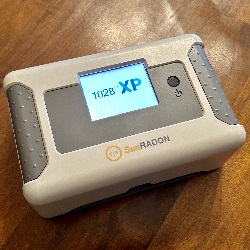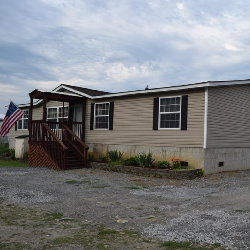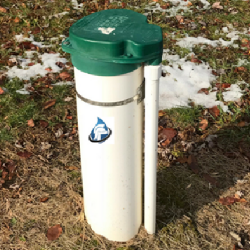An anti-tip device is a device that keeps a free standing range from tipping over. They are normally attached to a rear leg of the range or screwed into the wall behind the range, and are included in all installation kits by the manufacturer. A unit that is not equipped with these devices may tip over if enough weight is applied to its open door. A falling range can crush, scald, or even burn anyone caught beneath.
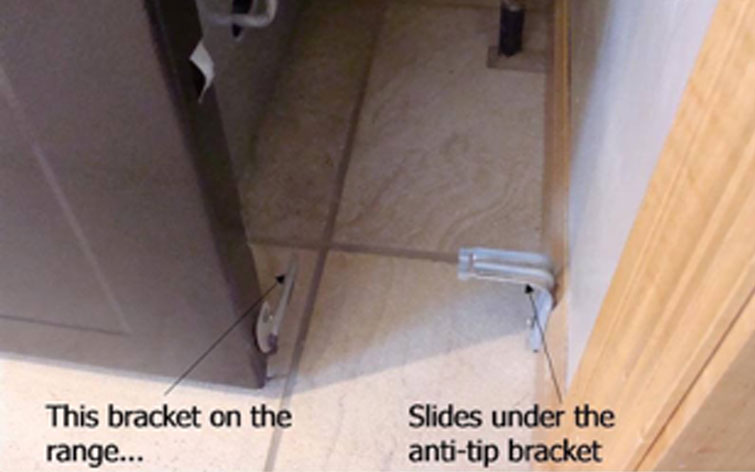
This picture depicts one of the most common styles often found:
During my time as a home inspector, I have often found that the majority of ranges do not have the anti-tip brackets installed and so I note this on the inspection report. According to the Consumer Product Safety Commission, there were 38 fatalities associated with ranges tipping over between 1980 and 2008 with the majority of the fatalities involving children between the ages of one and five years old. In response to this danger, the American National Standards Institute (ANSI) created standards in 1991 that require all ranges manufactured after that year to be capable of remaining stable while supporting 250lbs of weight on their open doors. Despite this requirement, Sears estimated in 1999 that a mere 5% of the units they sold were ever equipped with the anti-tipping brackets. As a result of Sears’ failure to install the brackets, they were sued and subsequently required to secure ranges in nearly 4 million homes that cost them an estimated $500M.

This anti-tip bracket pictured was attached to the drywall only, which won’t do any good as it is not secured to a reliable anchor point.
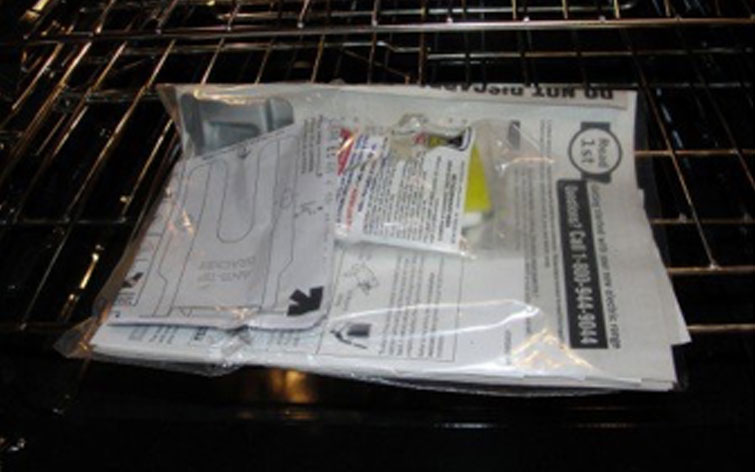
This picture shows a new range with the anti-tip bracket still sitting in its original packaging which is all too often common.
Inspectors check for these brackets by looking over the rear of the range, opening a bottom drawer if equipped and shining a flashlight through the opening, or by firmly grasping the upper-rear section of the range and tipping the unit. If equipped with an anti-tipping bracket, the oven will move just a few inches and halt.
In summary, ranges are susceptible to tipping if they are not equipped with anti-tip brackets that are provided by the manufacturer. So, be sure your installer installs them and if you are hiring a home inspector, they should be checking for this device.









